In This Article
Craving beer gardens, Baroque architecture, and Bavarian charm? Head to Munich! The capital of Bavaria blends old-world elegance with modern energy. From historic palaces and museums to lively festivals and Alpine day trips, Munich is a year-round destination full of culture, cuisine, and gemütlichkeit (coziness).
When I like to visit
The best time to visit Munich is from late spring to early autumn (May–September) for warm weather and festivals. Visit in late September to experience Oktoberfest. Winter is also magical with Christmas markets and snow-dusted scenery.
Tips for getting There
- If you are traveling by air: Munich International Airport (MUC) is one of Germany’s busiest and well-connected worldwide.
- By Train: Deutsche Bahn provides fast and frequent rail service from cities like Berlin, Frankfurt, and Vienna.
- By Car: Munich is accessible via Germany’s efficient autobahn network, including A8 and A9.
Where I like to stay
- Bayerischer Hof – A 5-star luxury hotel near the old town with spa, rooftop bar, and elegance throughout.
- 25hours Hotel The Royal Bavarian – Quirky, design-forward hotel steps from the central station and Karlsplatz.
- Motel One München-Sendlinger Tor – Budget-friendly and stylish stay near major sights and public transport.
Top Attractions
1. Alte Pinakothek

© Courtesy of Anselm Baumgart - Fotolia.com
The Alte Pinakothek (Old Pinacotheca) is a museum of art situated in the Kunstareal area in Munich. One of the oldest galleries in the world, the Alte Pinakothek features a world-renowned collection of Old Master paintings spanning from the 14th to the 18th centuries, including works by Albrecht Dürer, Rembrandt van Rijn, and Vincent van Gogh.
Built in 1836, the Neo-Renaissance design of the Alte Pinakothek is different from that of the typical early 19th-century castle-like museums that were the norm and features the use of skylights and northern lights for the cabinets. The Alte (Old) Pinakothek is so named for this collection, which features “older” works, while the Neue Pinakothek features works from the 19th century. The Pinakothek der Moderne displays modern art.
Alte Pinakothek, Barer Straße 27, Eingang Theresienstraße, 80333 München, Phone: +49-89-23-80-52-16
2. Bavarian National Museum
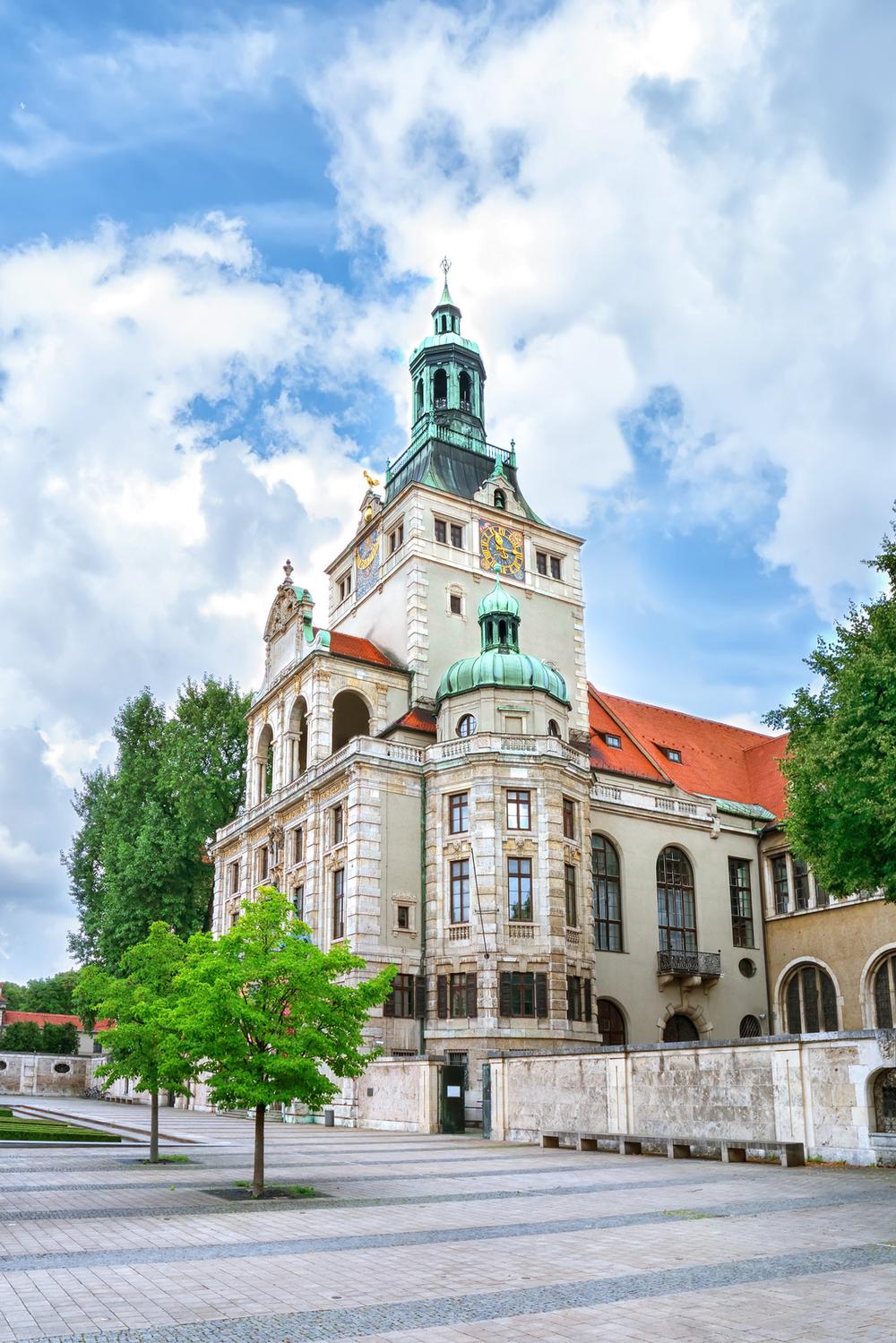
© Courtesy of g215 - Fotolia.com
The Bavarian National Museum (Bayerisches Nationalmuseum) is a treasure trove of Bavarian art, culture, and history located in the center of the Prinzregentenstrasse, one of the city's four royal avenues. One of the largest museums in Bavaria and one of the most significantly important institutions of decorative arts in Europe, the Bavarian National Museum is divided into two sections: the folklore collection and the historical art collection.
Built in 1855 by King Maximillian II of Bavaria in the style of historicism, the building is an artwork in itself and houses a large collection of European artifacts from late antiquity until the early 20th century.
Bavarian National Museum, Prinzregentenstraße 3, 80538 München, Germany, Phone: +49-8-92-11-24-01
Romantic Activities and Attractions:
3. BMW Welt
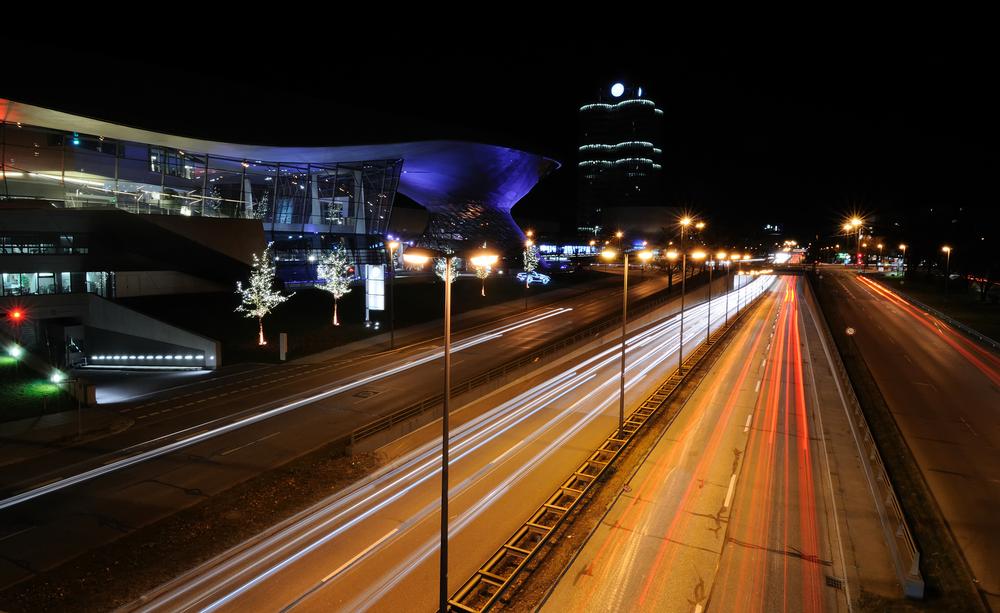
© Courtesy of ipq7 - Fotolia.com
BMW Welt (BMW World) is a multi-purpose exhibition center next to the BMW Headquarters and Olympiapark in the AM Riesenfeld district in Munich. The center is used for several functions, including buyers taking delivery of their specially ordered vehicles in a dramatic staged experience, meetings, promotional events and special functions, and it serves as a showroom for displaying the latest models of BMW cars and motorbikes, as well as two BMW Group brands, Mini and Rolls-Royce.
BMW Welt also has a range of shops selling BMW-branded merchandise and accessories and a casual restaurant. Visitors can enjoy guided tours through the center and the BMW Museum, which is also on site.
BMW Welt, Am Olympiapark 1, 80809 München, Germany
4. Deutsches Museum
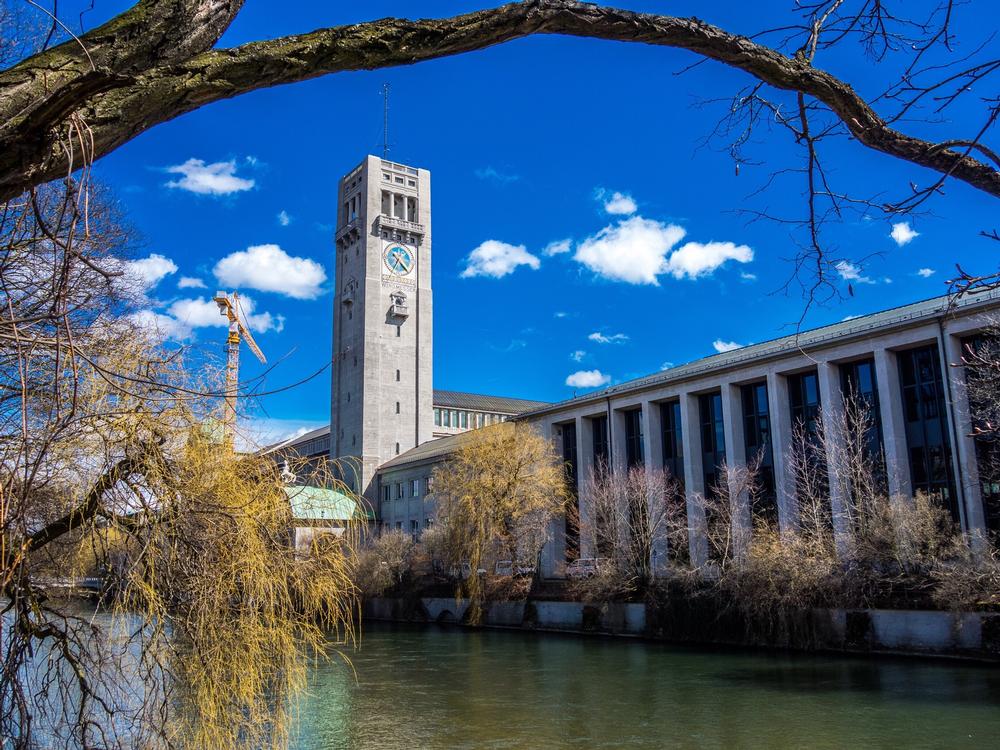
© Courtesy of Andy Ilmberger - Fotolia.com
Officially known as Deutsches Museum von Meisterwerken der Naturwissenschaft und Technik (German Museum of Masterpieces of Science and Technology), the Deutsches Museum (German Museum) is the world's largest museum of science and technology. Founded in 1903 and home to over 28,000 exhibited objects from fifty different fields of science and technology, the museum welcomes about 1.5 million visitors per year and is the largest museum in Munich.
The main building of the museum is situated on a small island in the Isar River, which is famous for rafting wood dating back to the Middle Ages.
Deutsches Museum, Museumsinsel 1, 80538 München, Germany, Phone: +49-8-92-17-91
5. Eisbach
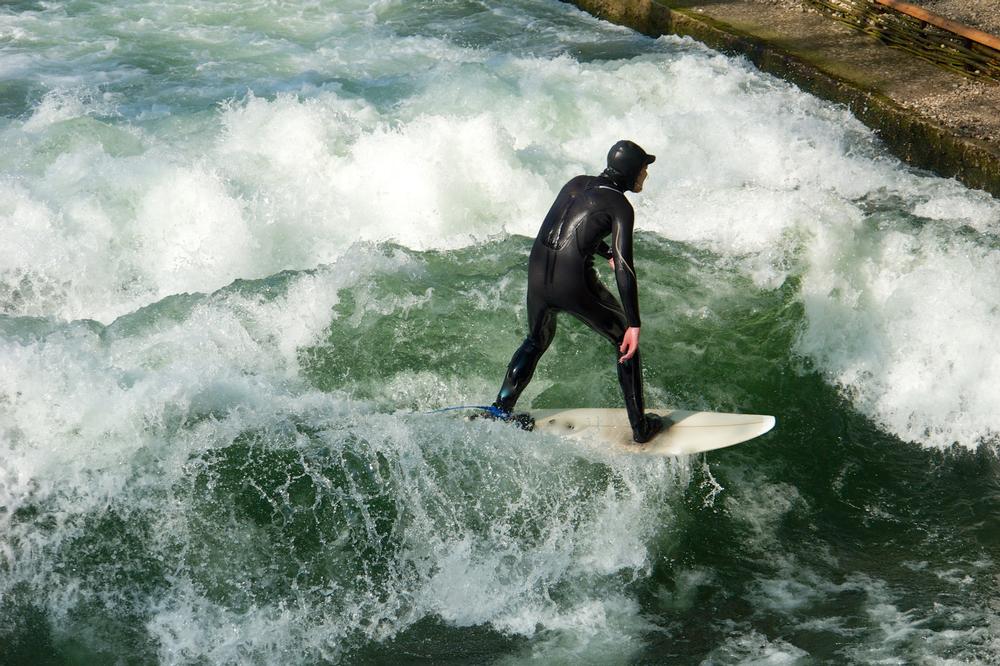
© Courtesy of stefanbi 1974 - Fotolia.com
The Eisbach (meaning “ice brook” in German) is a small man-made river that flows through the Englischer Garten in the heart of Munich. The two-kilometer river is a side arm of the Isar River, and it features a man-made wave that attracts surfers from around the world. It gained a huge following after the 2011 movie Keep Surfing by Björn Richie Loeb.
The cold, shallow water of the river forms a standing wave of about a meter in height at a bridge near the Haus der Kunst and is popular with surfers and whitewater kayakers. There is also a second standing wave on the Eisbach located a few hundred meters downstream, which is wider and therefore is a less demanding wave.
Eisbach, Englischer Garten, Munich, Germany
6. Englischer Garten
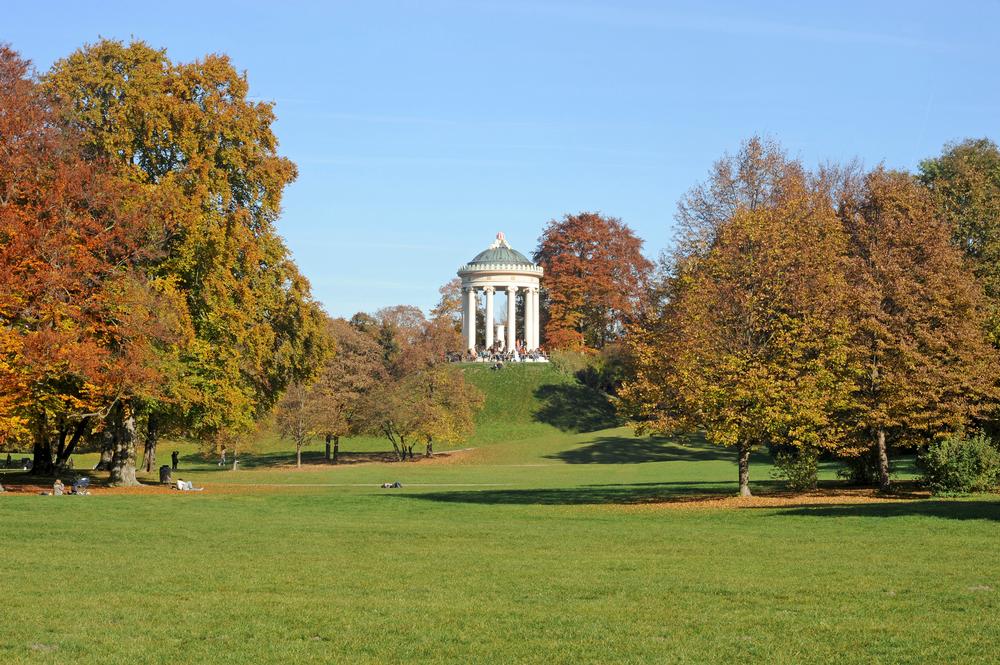
© Courtesy of belamy - Fotolia.com
The Englischer Garten (English Garden) is a large urban park in the center of Munich that stretches from the heart of the city to the northeastern-most city limits. Established in 1789 by Sir Benjamin Thompson, the park was laid out in the style of an English country park, thus named Englischer Garten, and it continually evolved throughout the centuries with the addition of green spaces and various buildings. Today the Englische Garten offers a variety of recreational activities and pursuits, including nearly eighty miles of jogging and cycling paths, fields for soccer, a Japanese teahouse and beer garden, and stunning city views from the Monopteros.
Englischer Garten, 80805 Munich, Germany, Phone: +49-89-38-66-63-90
If you are traveling with kids:
7. Hofbrauhaus am Platzl
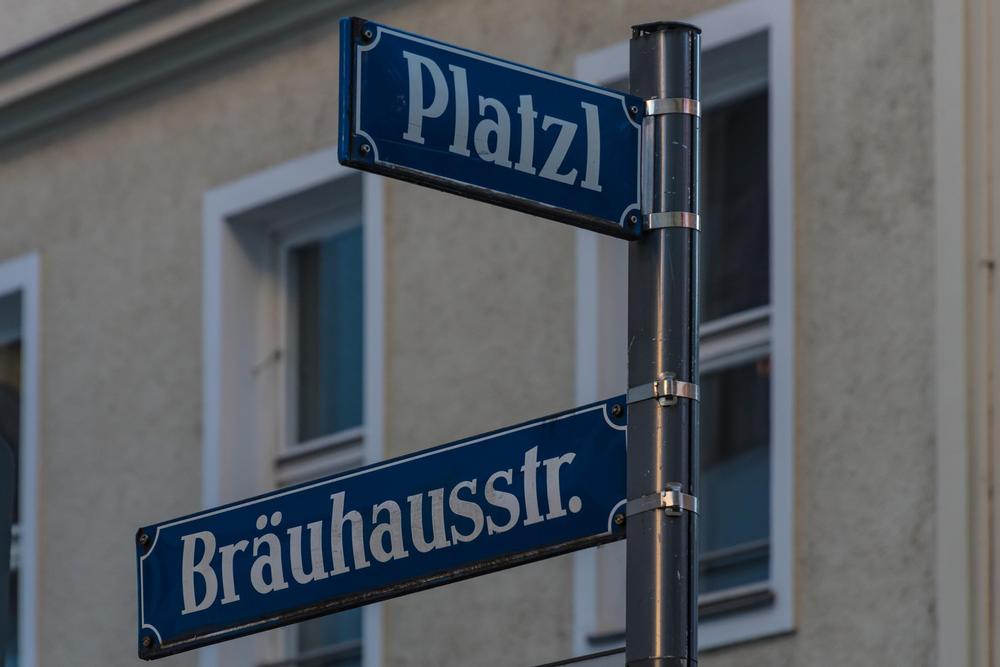
© Courtesy of driendl - Fotolia.com
The Hofbrauhaus am Platzl is a world-renowned beer hall and institution that attracts visitors from around the world to enjoy Munich-brewed beer. Originally built in 1589 as a ducal brewery for Bavarian dukes and kings, the Hofbräuhaus am Platzl still upholds the 400-year-old Stammtisch tradition, a time-honored system of standing reservations for regulars at certain tables. The unique vaulted hall at the heart of the Hofbräuhaus called the Schwemme boasts a proverbial Bavarian “gemütlichkeit” (coziness) that exudes a quintessential Bavarian ambiance and serves locally brewed beer along with traditional Bavarian dishes to both locals and visitors alike.
Hofbrauhaus am Platzl, Platzl 9, 80331 München, Germany, Phone: +49-8-92-90-13-61-00
8. Linderhof Palace
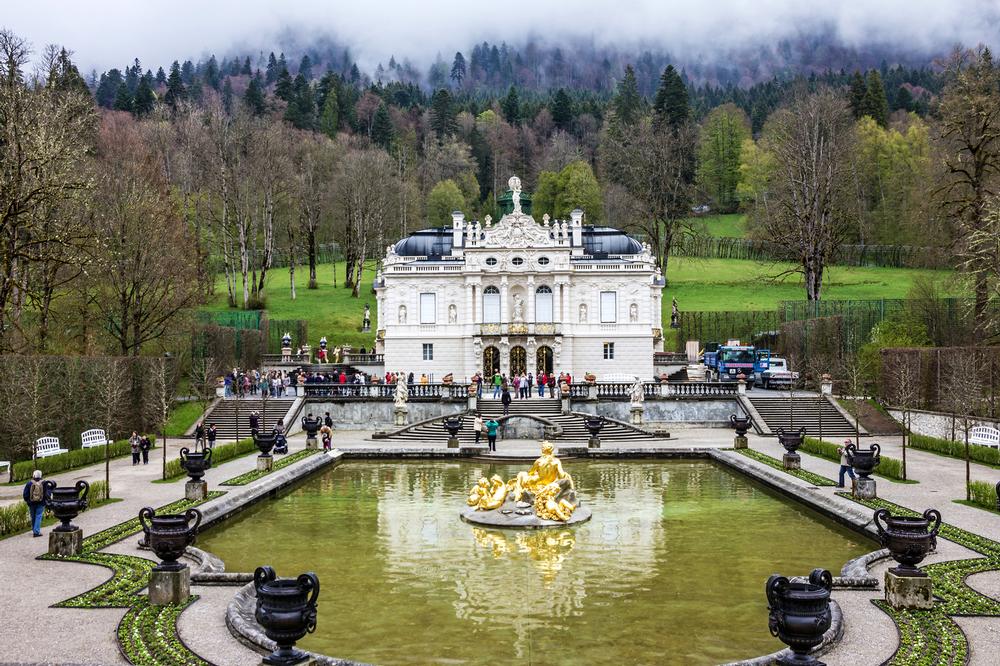
© Courtesy of Vlada Z - Fotolia.com
Linderhof Palace (Schloss Linderhof) is a magnificently preserved palace near Ettal Abbey in southwest Bavaria. Also known as the “Royal Villa,” the Linderhof Palace is the smallest of three palaces built by King Ludwig II of Bavaria and one of the most artistic and stylistically sophisticated buildings of the 19th century. Modeled on the small 18th century French palaces with Baroque and Rococo sculptural elements and influences from the age of Louis XV of France, the Linderhof Palace is surrounded by inspiring gardens and parklands that were designed and established by court garden director Carl Joseph von Effner in 1874. Linderhof Palace was the only palace that King Ludwig II of Bavaria lived to see completed.
Linderhof Palace, Linderhof 12, 82488 Ettal, Germany, Phone: +49-8-82-29-20-30
9. Marienplatz
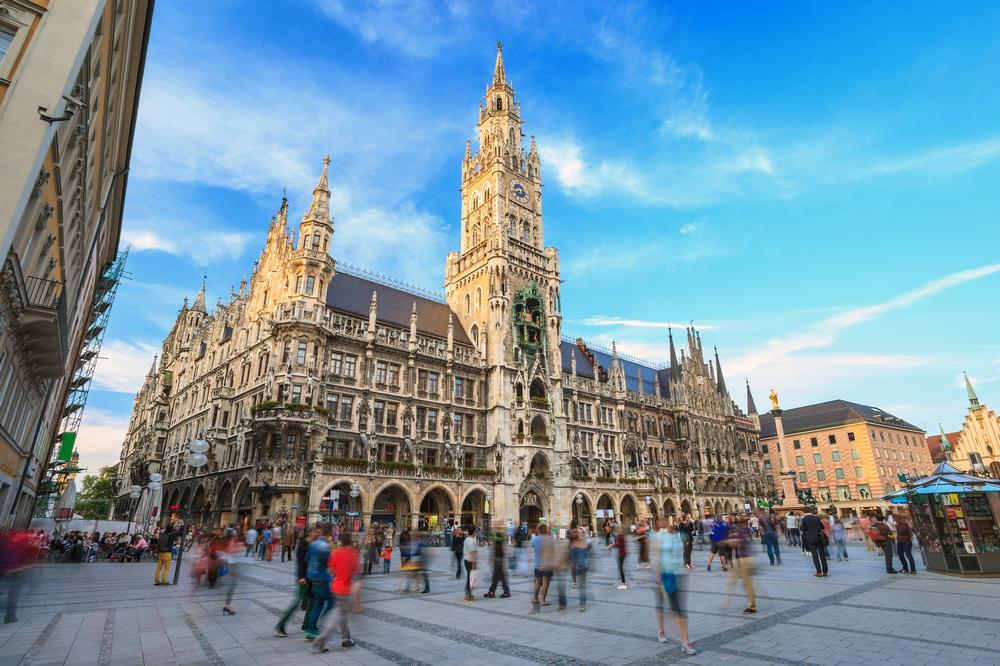
© Courtesy of Noppasinw - Fotolia.com
Marienplatz (Mary’s Square) is a central square in the middle of Munich that has been the center of the city since 1158. Named after the Mariensäule, a Marian column erected in the center of the square in 1638 in celebration of the end of Swedish occupation during the Thirty Years’ War, the square is lined with historic buildings, including the New City Hall (Neues Rathaus). Once home to medieval markets, celebrations, and tournaments in the 12th century, the square is today a popular tourist attraction among those who come to see the famous Glockenspiel in the Neues Rathaus’ tower and the Gothic ballroom and tower of the Old City Hall (Altes Rathaus). A bustling pedestrian zone Marienplatz with Karlsplatz is lined with numerous restaurants and shops.
Marienplatz, Marienplatz 1, 80331 München, Germany
Must-see if you are a first-time visitor:
- Residenz München – Tour the former royal palace filled with lavish rooms, art, and history.
- Nymphenburg Palace – A sprawling Baroque palace with gardens, museums, and stables.
- Deutsches Museum – One of the world’s largest science and technology museums, great for families and curious minds.
Where I Like to Eat
- Hofbräuhaus München – The legendary beer hall serving hearty Bavarian fare, live music, and historic brews.
- Viktualienmarkt – An open-air market where you can snack on sausages, pretzels, and fresh produce.
- Tantris – A Michelin-starred fine dining experience blending Bavarian and international gourmet cuisine.
My favorite local events:
- Oktoberfest (Late September–First Weekend in October) – The world’s most famous beer festival with traditional music, rides, and Bavarian culture.
- Frühlingsfest (April–May) – A spring version of Oktoberfest with smaller crowds and a similar vibe.
- Christmas Markets (Late November–December) – Sip glühwein and shop handmade gifts at festive markets around the city.
My favorite day trips within 30 Minutes of Munich, Germany:
- Dachau Memorial Site (25–30 min) – Visit the sobering World War II concentration camp memorial and museum.
- Starnberg (30 min) – Enjoy lakeside walks, boat tours, and views of the Alps from this scenic resort town.
- Schleißheim Palace (30 min) – Explore a trio of Baroque palaces surrounded by grand gardens and fountains.
- Freising (30 min) – Visit the oldest brewery in the world (Weihenstephan) and stroll through this charming university town.
- Olympiapark (20–25 min) – Explore Munich’s 1972 Olympic grounds with panoramic tower views and outdoor events.
Plan Your Trip











